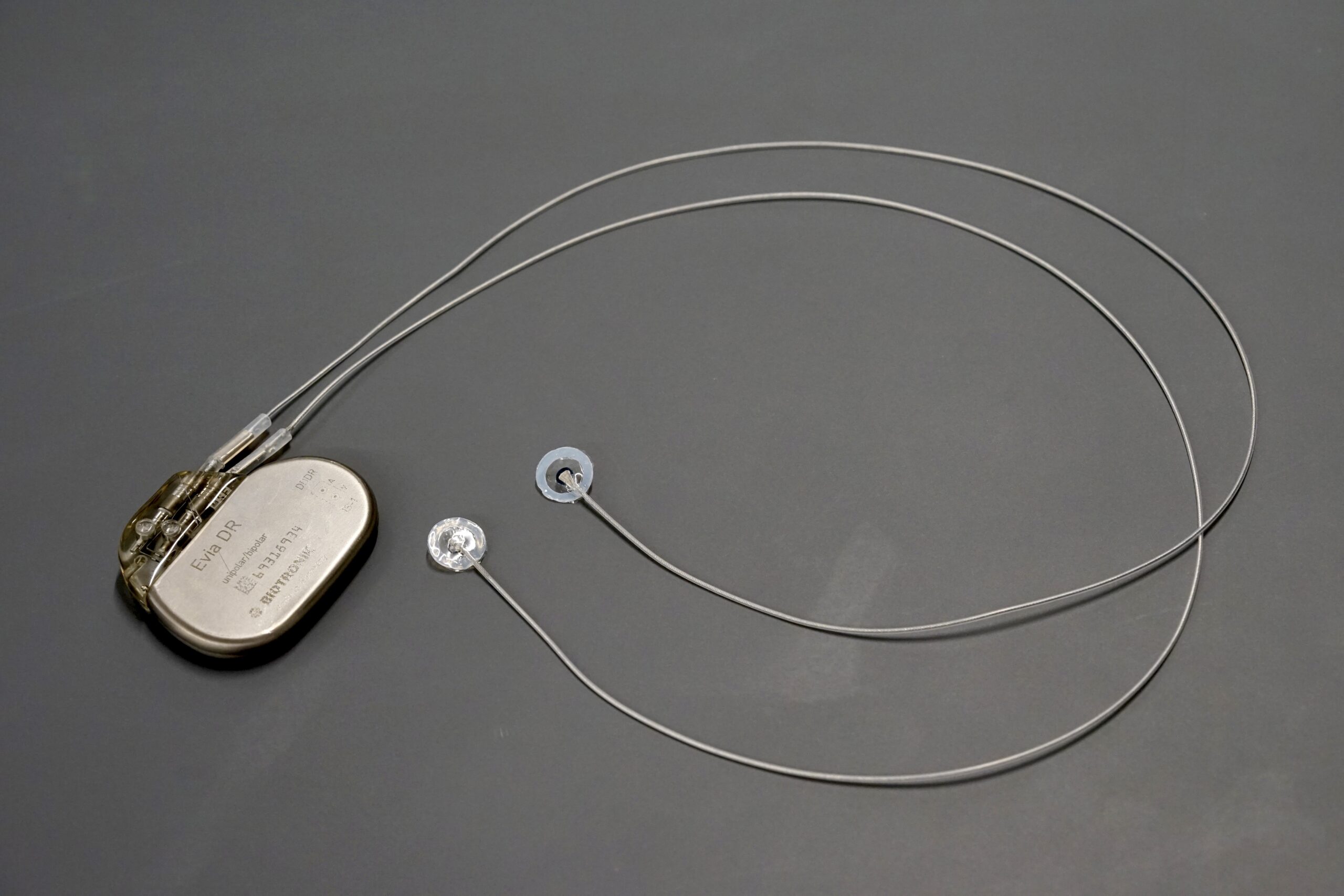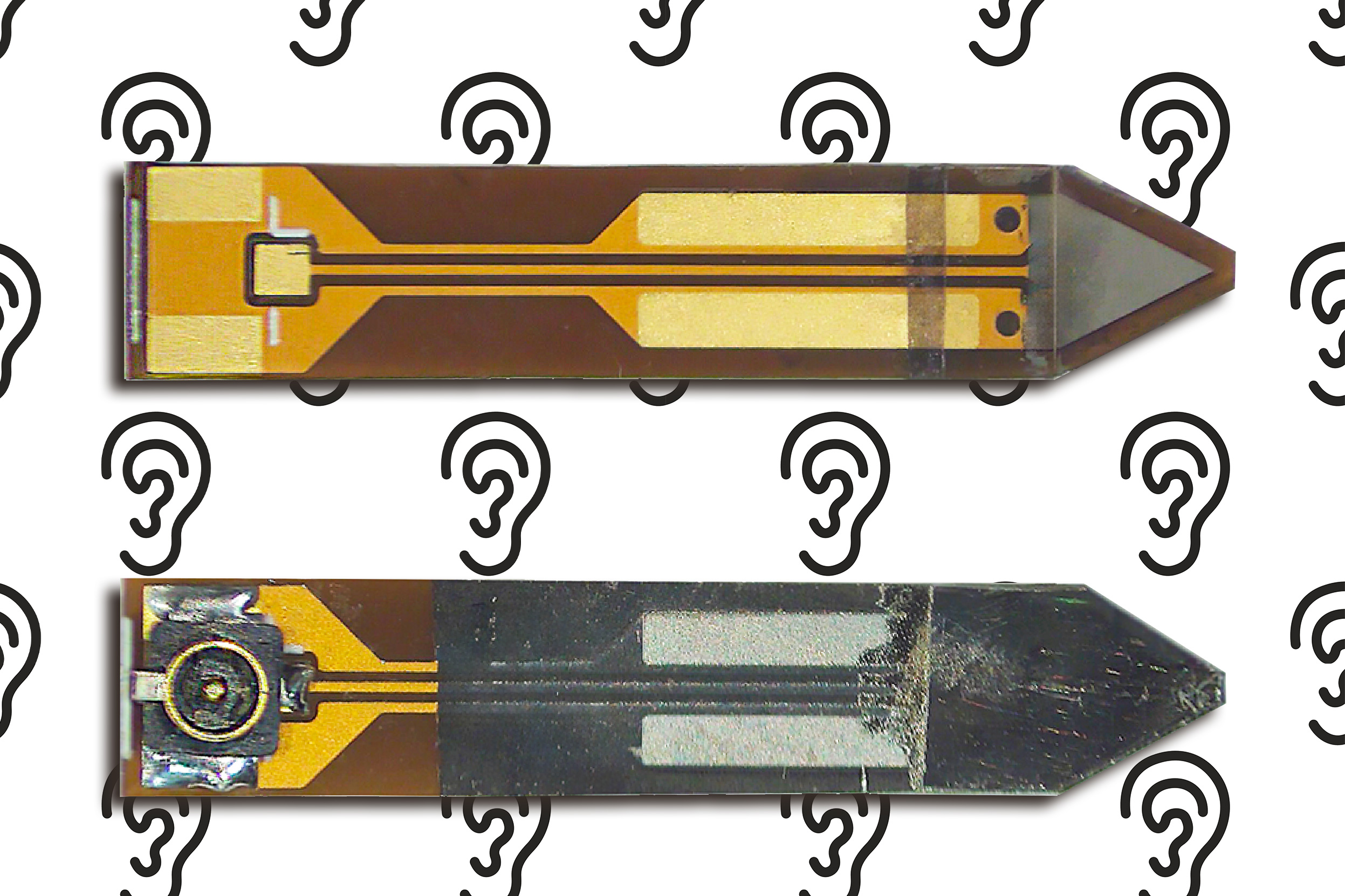In 2012, Neil Armstrong, renowned as the first person to walk on the moon, passed away at the age of 82 due to complications following what should have been a standard heart surgery. This surgery, a bypass operation—the most frequently performed open-heart procedure in the U.S.—has seen dramatic improvements in safety, with the mortality rate approaching zero. However, Armstrong’s death was linked to heart damage sustained during the removal of temporary cardiac pacing leads.
Temporary pacing leads are essential tools used to monitor patients and mitigate the risk of postoperative arrhythmias, such as complete blockages, in the recovery phase after cardiac surgery. Unfortunately, the current techniques for inserting and removing these leads often involve surgical suturing or direct electrode placement on heart tissue. This can lead to trauma during both implantation and removal, increasing the risk of damage, bleeding, and potential device failure.
A pivotal coffee chat in 2019 about Armstrong’s unexpected death sparked innovative research, recently published in the journal Science Translational Medicine. The findings present a groundbreaking platform for adhesive bioelectronic devices that can enhance cardiac monitoring, diagnosis, and treatment. This work aligns with the vision of developing next-generation bioadhesive electronics.
“During our discussion, we had a breakthrough idea: we could create an entirely atraumatic version of the pacing lead using our bioadhesive technologies,” remarked Hyunwoo Yuk, a former MIT research scientist who is now the Chief Technology Officer at SanaHeal. “The idea was exhilarating, and transforming it into reality was the next step.”
The research team, associated with the lab of Xuanhe Zhao, a professor of mechanical engineering and civil and environmental engineering, has developed a 3D-printable bioadhesive pacing lead. This innovation allows for direct interfacing with cardiac tissue, facilitating minimally invasive adhesive implantation and easy device detachment for gentle removal. Both Yuk and Zhao are leading authors of the paper, with former MIT researcher Jue Deng listed as the first author.
“This research introduces the first on-demand detachable bioadhesive pacing lead, providing an atraumatic application and removal method that significantly enhances safety while improving bioelectronic performance,” noted Zhao.
The bioadhesive pacing lead represents a culmination of various technologies that the team has honed over several years, focusing primarily on bioadhesive materials, bioelectronics, and 3D printing techniques. SanaHeal, a company born from the team’s ongoing research efforts, is actively working to commercialize these bioadhesive technologies across a range of clinical applications.
“We are optimistic that our continued efforts to bring our bioadhesive technology to market will facilitate the swift clinical adoption of our innovative pacing lead,” expressed Yuk.
Photo credit & article inspired by: Massachusetts Institute of Technology



